|
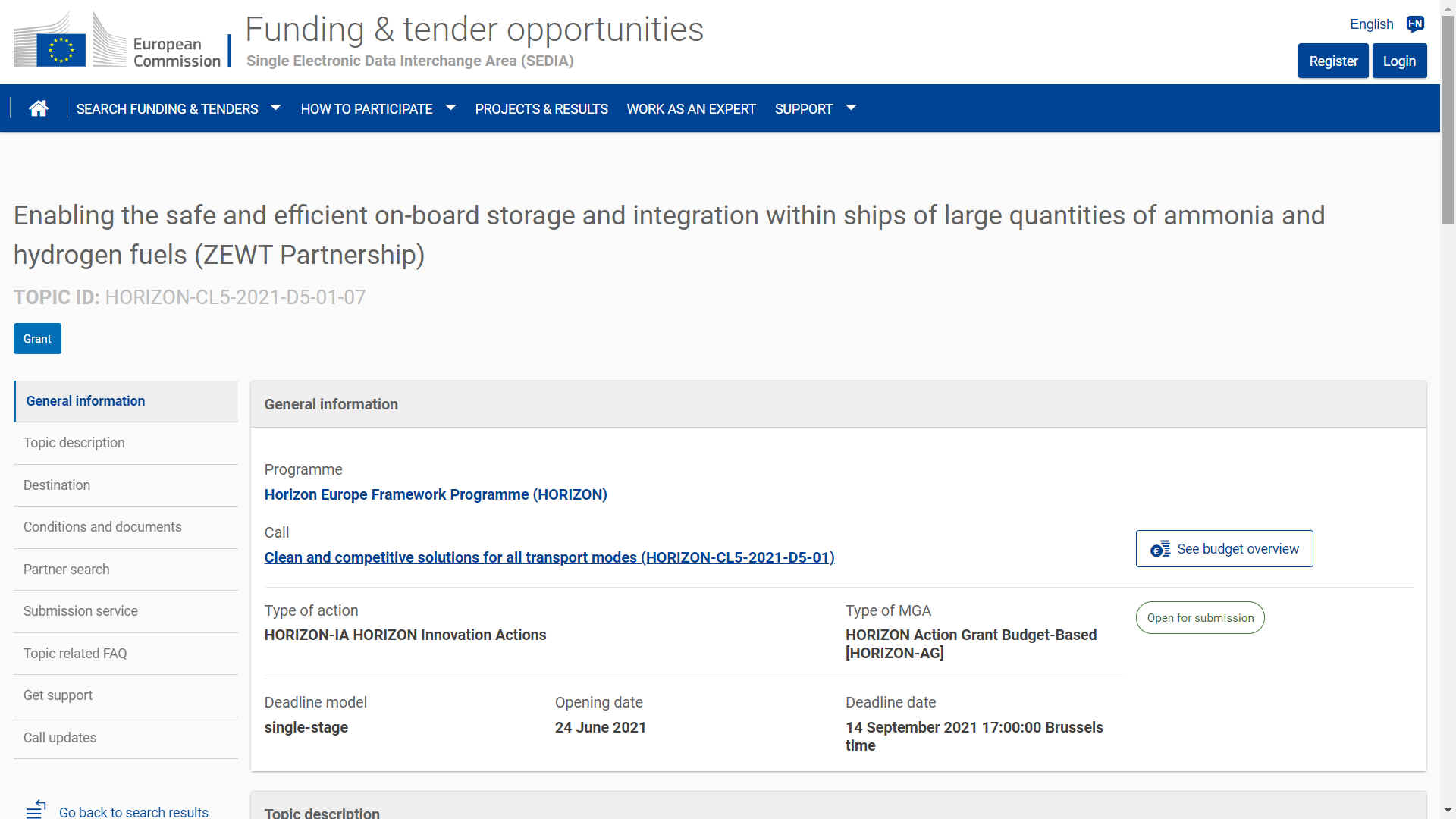
TECHNOLOGY
SPREAD - The technology this consortium are looking to develop, covers
LNG, ammonia, batteries and fuel cells, in the hope of finding the
elusive formula that will see world shipping clean up its act. At least
by crossing off some of the possibilities, we may proceed to the more
practical. Notably, there is no inclusion of solar power.
The
unique design of the Elizabeth Swann
(impractical as it stands for commercial shipping, but adaptable) lends itself to onboard storage of
large quantities of hydrogen, or ammonia, though ammonia has a list of
problems to overcome in our view. Given that the ZEWT
partnership was established long ago, the calls for proposals will have targeted
those in the partnership. Hence, with only one or two projects being
funded per call, it is conceivable that sums have been allocated for the
more mature ZEWT members with deeper pockets, probably with many years
of trading as a track record - so ruling out newcomers like the
Cleaner Ocean Foundation. The European Commission is known to be very
conservative in awarding grants, generally reserved for those they have
already done business with.
Think carefully then, when it comes to spending time on making such
applications, or paying green fees of €3,000 where there is literally, a mountain of paperwork
attaching, making the administrative cost of building a consortium, a
very risky proposition - as non-refundable effort. As an SME, the Cleaner Ocean Foundation could
never lead a bid and hope to be successful. But with a slight glimmer of
hope, may contribute to any
consortium looking to explore mass storage of hydrogen with a unique
hull-form - perhaps as a subcontractor. All IP so generated to be shared between consortium members.
|
|
2021-2022
MARITIME – ZEWT TOPICS - DEADLINE 7th SEPTEMBER 2021
Type of Action: Innovation Action (IA)
TRL:
6-7
Expected EU contribution per project (M€) = €20m
Number of projects to be funded = 2 @ €10 million per project
ZEWT Partnership – Zero Emission Waterborne Transport
EXPECTED OUTCOME:
Project outputs and results are expected to contribute concretely to the following expected outcomes as marked (“*”) whilst supporting the overall medium and longer term objectives:
- Contribution to the establishment by 2027 of at least two full scale demonstration projects using or potentially using 100% climate neutral fuels in a realistic shipping environment.
-
Enabling the timely transition to climate-neutral ship operations by facilitating the wider adoption of carbon-neutral alternative fuels at a large scale and for shipping distances of 3000 nm or more.
- Supporting the conditions for a timely and efficient uptake of sustainable alternative fuels along the specific supply and usage chain for maritime transport and inland
navigation.
*Demonstration of the feasibility to store and use hydrogen based fuels (generally in liquid form) on a medium and large scale (capacities equivalent to +300 tons of conventional marine fuel [HFO, MGO or MDO]) in a realistic environment on-board.
*Demonstration of the use of these fuels in high power applications with long autonomy.
*Demonstration of the applicability, in particular with respect to short sea
shipping, IWT vessels, and the stricter environmental expectations for passenger ships.
*Development of pertinent technical rules.
SCOPE:
Commercial shipping, including deep sea shipping (intercontinental maritime transport), short sea shipping (services between European destinations), and other ship operations with high power demand (which may include also certain aspects in IWT), requires the storage of large amounts of energy with conventional fuel capacities from hundreds to thousands of tons allowing operational autonomy up to several months. The use of sustainable alternative fuels at scale embracing a number fuel options needs to be studied and solutions developed for a wide range of applications.
Sustainable hydrogen,
ammonia and other hydrogen derived fuels are potentially promising alternative fuels to make shipping fully climate neutral and independent of
fossil
fuels. Only very limited experience with the use of ammonia and hydrogen as fuel in a maritime environment exists today.
Hydrogen and ammonia are particularly challenging in terms of on-board storage capacities, storage methods, safe handling, space constraints and the structural integration of tanks, and their subsequent use in high power propulsion systems.
The aim is to develop large and very large storage solutions for hydrogen and
ammonia (e.g. compressed H2, liquid H2, LOHC, hydrides, ammonia derived compounds) and their integration on-board. Whilst a certain fuel neutrality is sought a rigorous
pre-selection of the most suitable type and form of fuels is required in order to come to a realistic demonstration environment as early as possible.
Research and innovation is needed with respect to the efficient and safe on-board storage and use under real shipping conditions, taking into account aspects such as pressure, temperature, explosion risk and toxicity. These aspects have to be investigated considering all the relevant issues related to the maritime environment such as structural response of the ship, ship motions and related effects (e.g. sloshing, resonance), corrosion,
etc. In order to facilitate the wide-spread use of these clean fuels, solutions should be modular with the possibility of upscaling, and pertinent technical rules should be developed.
Solutions are not necessarily limited to maritime freight transport if it can be shown that these fuels can be used economically and efficiently at the specific scale of passenger services
(ferries) and IWT. This may imply different regulatory constraints and infrastructure (bunkering) situations which have to be taken into account.
Projects will address both the storage of hydrogen and ammonia at capacities exceeding the equivalent of 300 tons of conventional marine fuels in order to show the use in a realistic environment with practical range and autonomy, although the fuel capacity may be adapted to the requirements of different ship types in a first stage of development. The scope extends to the design, testing and overall assessment of on-board systems for these fuels, developing concepts and testing them at lab scale with a robust perspective of scaling up to achieve the levels needed for operational commercial vessels. The structural integration of fuel and energy systems on-board, related safety issues, supporting standards development, and the
minimization of storage volumes and distributions systems towards the energy converters will be addressed. This also needs to take into account
bunkering situations as part of the fuel handling on-board.
Transport of such fuels in dedicated carriers does not fall within the scope of this topic.
This topic implements the co-programmed European Partnership on ‘Zero Emission Waterborne Transport’ (ZEWT).
Specific Topic Conditions:
Activities are expected to achieve TRL 6-7 by the end of the project – see General Annex B.
Cross-cutting Priorities:
Co-programmed European Partnerships
Ocean sustainability and blue economy
CLEAN AND COMPETITIVE SOLUTIONS FOR ALL TRANSPORT MODES
This Destination addresses activities that improve the climate and environmental footprint, as well as competitiveness, of different transport modes.
The transport sector is responsible for 23% of CO2 emissions and remains dependent on oil for 92% of its energy demand. While there has been significant technological progress over past decades, projected GHG emissions are not in line with the objectives of the Paris Agreement due to the expected increase in transport demand. Intensified research and innovation activities are therefore needed, across all transport modes and in line with societal needs and preferences, in order for the EU to reach its policy goals towards a net-zero greenhouse gas emissions by 2050 and to reduce significantly air pollutants.
The areas of rail and air traffic management will be addressed through dedicated Institutional European Partnerships and are therefore not included in this document.
This Destination contributes to the following Strategic Plan’s Key Strategic Orientations (KSO):
C: Making Europe the first digitally enabled circular, climate-neutral and sustainable economy through the transformation of its mobility,
energy, construction and production systems;
A: Promoting an open strategic autonomy [[‘Open strategic autonomy’ refers to the term ‘strategic autonomy while preserving an open economy’, as reflected in the conclusions of the European Council 1 – 2 October 2020.]] by leading the development of key digital, enabling and emerging technologies, sectors and value chains to accelerate and steer the digital and green transitions through human-centred technologies and innovations.
IT COVERS THE FOLLOWING IMPACT AREAS:
Industrial leadership in key and emerging technologies that work for people;
Smart and sustainable transport.
The expected impact, in line with the Strategic Plan, is to contribute “Towards climate-neutral and environmental friendly mobility through clean solutions across all transport modes while increasing global competitiveness of the EU transport sector", notably through:
Transforming road transport to zero-emission mobility through a world-class European research and innovation and industrial system, ensuring that Europe remains world leader in innovation, production and services in relation to road transport.
Accelerating the reduction of all aviation impacts and emissions (CO2 and non-CO2, including manufacturing and end-of-life, noise), developing aircraft technologies for deep reduction of
greenhouse gas emissions, and maintaining European aero-industry’s global leadership position.
Accelerate the development and prepare the deployment of climate neutral and clean solutions in the shipping sector, reduce its environmental impact (on biodiversity, noise, pollution and waste management), improve its system efficiency, leverage digital and EU
satellite-navigation solutions and contribute to the competitiveness of the European waterborne sector.
Devising more effective ways for reducing emissions and their impacts through improved scientific knowledge.
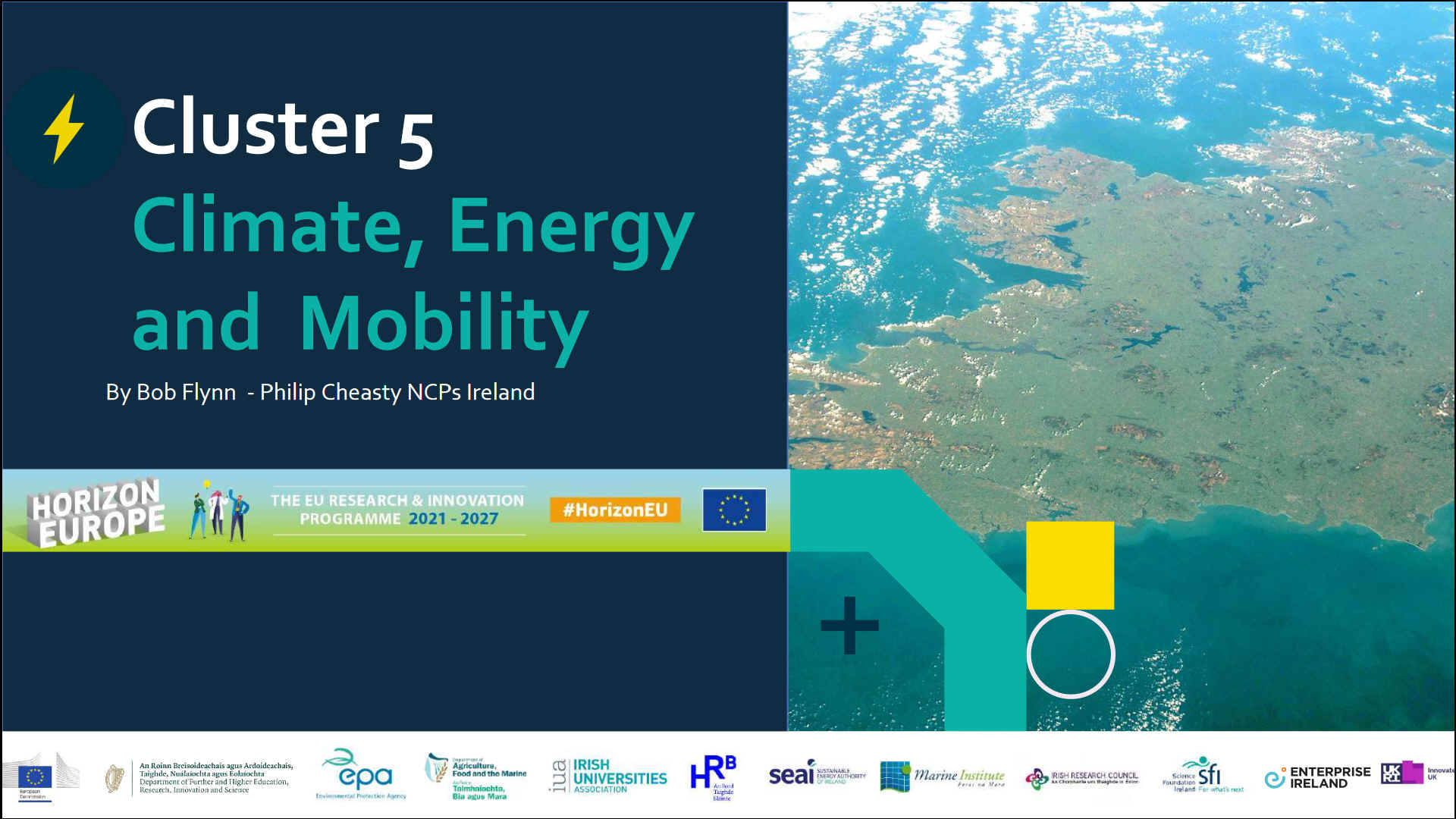
ENABLING
CLIMATE NEUTRAL, CLEAN, SMART, AND COMPETITIVE WATERBORNE TRANSPORT
The European Green Deal refers to the need to achieve clean, climate neutral shipping and waterborne operations and to the importance of research and innovation in this respect. Waterborne transport, in particular where large sea-going vessels are used, remains an important emitter of GHG and the sector needs to step up its efforts on a significant scale and through a wide range of measures. Within the International Maritime Organisation (IMO) global agreement was reached in 2018 to cut total shipping GHG emissions by at least 50% by 2050 compared to 2008 (baseline). The EU considers this too timid and is committed to a much higher level of ambition. By the same date the Union aims to cut all transport emissions by at least 90%.
Even though the share of Inland Waterway Transport with regard to global GHG emissions is of minor importance the Central Commission for the Navigation of the Rhine (CCNR) and its Member States take various steps to reduce the GHG emissions of the fleet. In 2018 the Mannheim Declaration was adopted which incorporates the EU GHG reducing targets for inland navigation and these efforts are supported through this work programme.
To provide the innovations needed to achieve the targets and show global leadership (also in pushing far more ambitious global regulatory standards) a new co-programmed European Partnership “Zero Emission Waterborne Transport” (ZEWT) will mobilise resources and leverage private and public investments towards the central objective of demonstrating by 2030 the deployable solutions needed for all main types of waterborne transport to become “net zero emission” by 2050 at the latest. Most topics on
waterborne transport will contribute to the implementation of this partnership. Projects under ZEWT partnership topics are expected to provide up to two presentations on progress made to the ZEWT partnership members, also with the aim to support the monitoring of the ZEWT partnership performance as well the necessary underlying development to make these achievements possible within the time frame of the partnership.
Furthermore, in the context of the EU’s digital strategy “A Europe Fit for the Digital Age” the waterborne transport sector will have to embrace a wide-ranging digitalisation, resulting in new business patterns, smart ports, automation of shipping and cargo handling (which will provide higher efficiency and significantly safer operations), autonomous vessels, and new design and decision tools.
Topics on waterborne transport under this Destination of the cluster 5 work programme address climate neutrality and protection of the marine environment, digitalisation, and industrial competitiveness with the aim to support all pertinent EU policy objectives, also with regard to synergies with related programmes like the Connecting Europe Facility and the EU Innovation Fund.
The main impacts to be generated by topics targeting waterborne transport under this Destination are:
Increased and early deployment of climate neutral fuels and significant electrification of shipping, in particular and foremost in intra-European transport connections.
Increased overall energy efficiency and drastically lower fuel consumption of vessels (important in light of more expensive alternative fuels for which the sector will have to compete with other transport modes).
Enable the innovative port infrastructure
(bunkering of alternative fuels and provision of electrical power) needed to achieve zero-emission waterborne transport (inland and maritime).
Enable clean, climate-neutral, and climate-resilient inland waterway vessels before 2030 helping a significant market take-up and a comprehensive green fleet renewal which will also help modal shift.
Strong technological and operational momentum towards achieving climate neutrality and the elimination of all harmful pollution to
air and
water.
Achieve the smart, efficient, secure and safe integration of maritime and inland shipping into logistic chains, facilitated by full digitalisation and automation.
Enable fully automated shipping (maritime and inland) and efficient connectivity.
Competitive waterborne industries, including the globally active European maritime technology sector, providing the advanced green and digital technologies which will support jobs and growth in Europe.
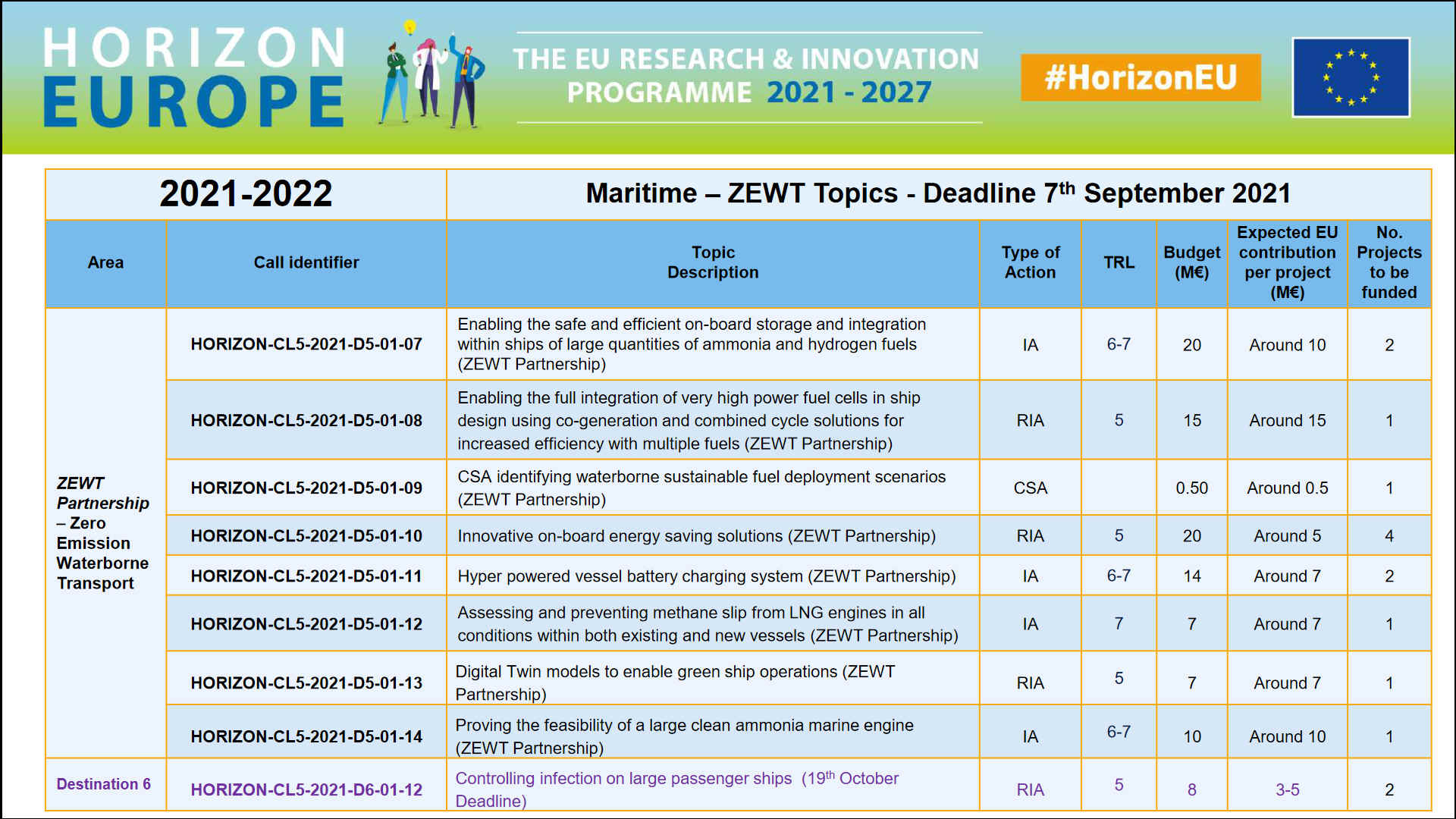
IMPACT
OF TRANSPORT ON ENVIRONMENT AND HUMAN HEALTH
Transport emissions are one of the main contributors to air quality problems, particularly in urban areas. At the same time, noise also negatively affects health. The World Health Organization (WHO) has classified traffic noise, including road, rail and air traffic, as the second most important cause of ill health in Western Europe, behind only air pollution caused by very fine particulate matter. Transport noise, particularly from road traffic, but also from rail and aviation, is a major contributor to noise pollution in urban areas. While type-approval noise limits for road vehicles, including their tyres, have been tightened over the years, the overall exposure to noise generated by road vehicles has not improved mainly due to increasing traffic volumes. L category vehicles are often perceived as a significant contributors to noise pollution and this might be due to the fact that noise emissions seem to be strictly optimised for specific conditions (but also due to tampering by their users, which in some cases is made too easy by the way the vehicles are built).
Electrification promises to address most of these issues, but as some transport modes are more difficult to electrify in the near future, there is need for research and innovation activities to develop appropriate and environmentally sustainable solutions. Furthermore, possible new pollutants and related health- challenges need to be monitored and investigated, and ways to deal with emissions by the existing fleet need to be studied and demonstrated.
The main impacts to be generated by topics targeting transport-related health and environmental issues under this Destination are:
- The better monitoring of the environmental performance and enforcement of regulation (detection of defeat devices, tampered anti-pollution systems, etc.) of fleets of transport vehicles, be it on road, airports and ports.
- Substantially reduce the overall environmental impact of transport (e.g.: as regards biodiversity, noise, pollution and waste)
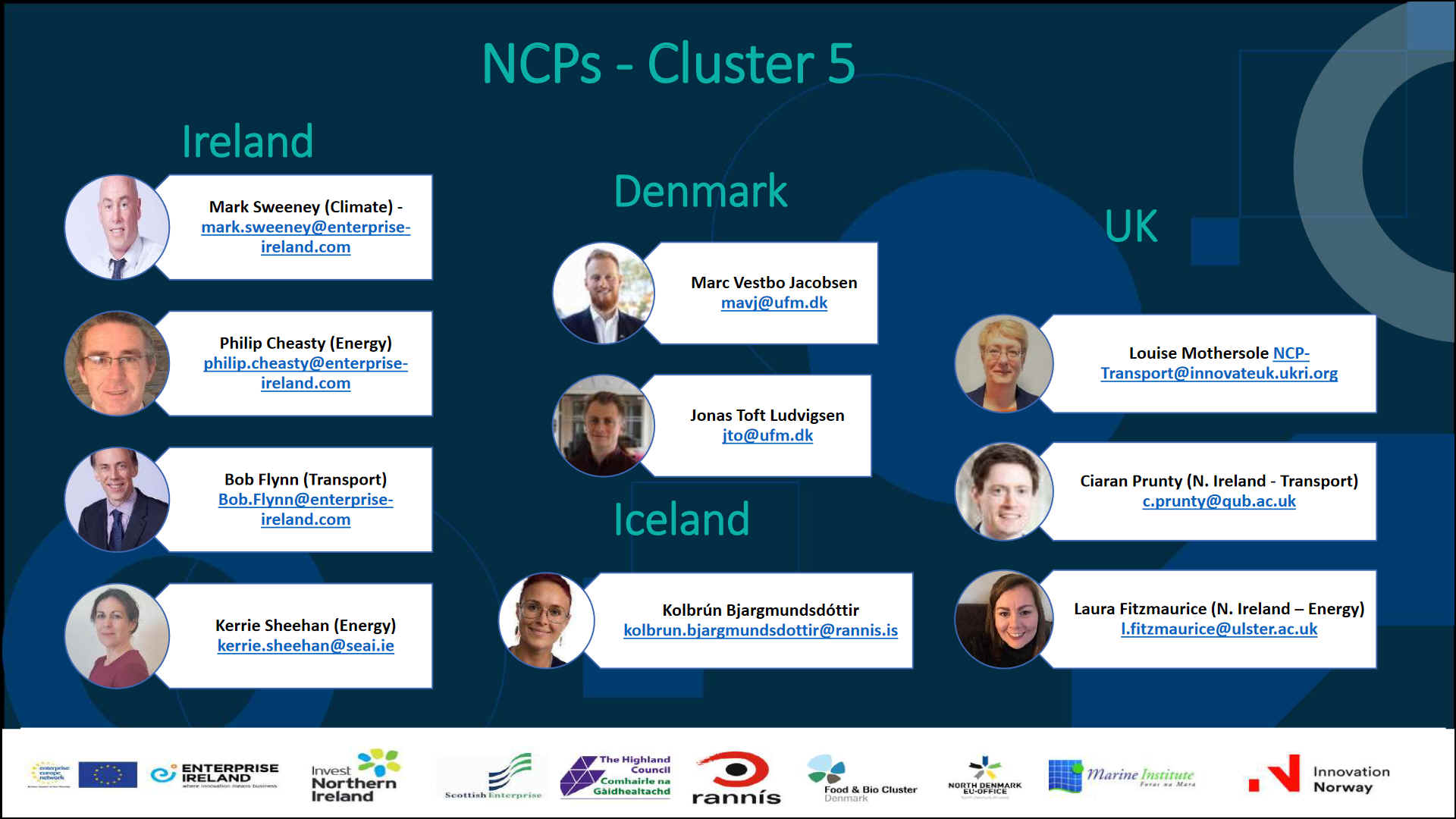
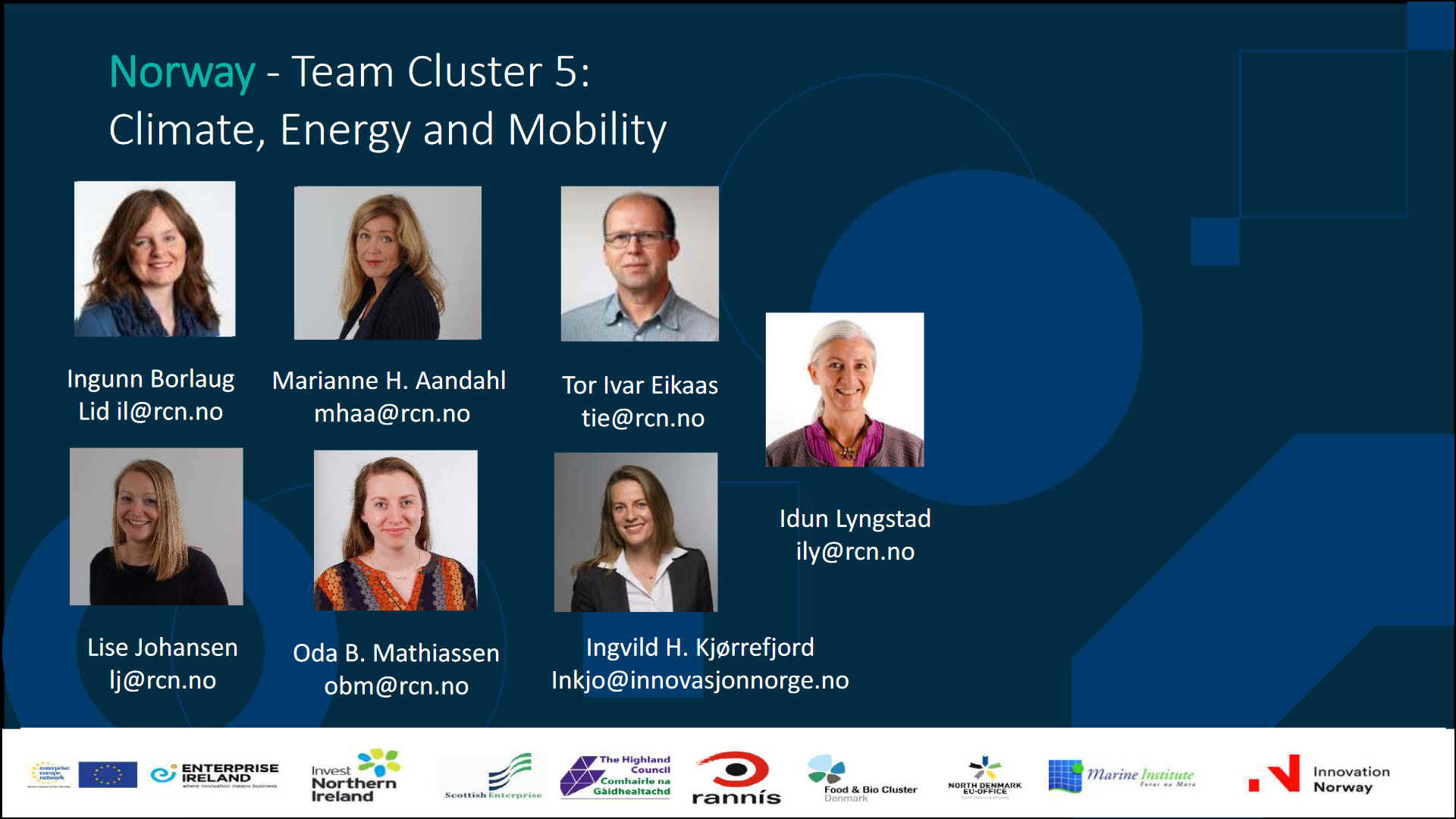
TOPIC CONDITIONS AND DOCUMENTS
General conditions
1. Admissibility conditions: described in Annex A and Annex E of the Horizon Europe Work Programme General Annexes
The page limit of the application is 70 pages.
Proposal page limits and layout: described in Part B of the Application Form available in the Submission System
2. Eligible countries: described in Annex B of the Work Programme General Annexes
A number of non-EU/non-Associated Countries that are not automatically eligible for funding have made specific provisions for making funding available for their participants in Horizon Europe projects. See the information in the Horizon Europe Programme Guide.
3. Other eligibility conditions: described in Annex B of the Work Programme General Annexes
4. Financial and operational capacity and exclusion: described in Annex C of the Work Programme General Annexes
5. Evaluation and award:
Award criteria, scoring and thresholds are described in Annex D of the Work Programme General Annexes
Submission and evaluation processes are described in Annex F of the Work Programme General Annexes and the Online Manual
Indicative timeline for evaluation and grant agreement: described in Annex F of the Work Programme General Annexes
6. Legal and financial set-up of the grants: described in Annex G of the Work Programme General Annexes
The funding rate is up to 60% of the eligible costs. This funding rate applies both to members and non-members of the partnership, except for non-profit legal entities, where the funding rate is up to 100% of the total eligible costs.
Specific conditions
7. Specific conditions: described in the specific topic of the Work Programme
DOCUMENTS
Call documents:
Standard application form — call-specific application form is available in the Submission System
The standard application form can be found in the link below, but be cautious that for this Call topic, the limit of 70 pages applies.
Standard application form (HE RIA, IA)
Standard evaluation form — will be used with the necessary adaptations
Standard evaluation form (HE RIA, IA)
MGA
HE General MGA v1.0
|





